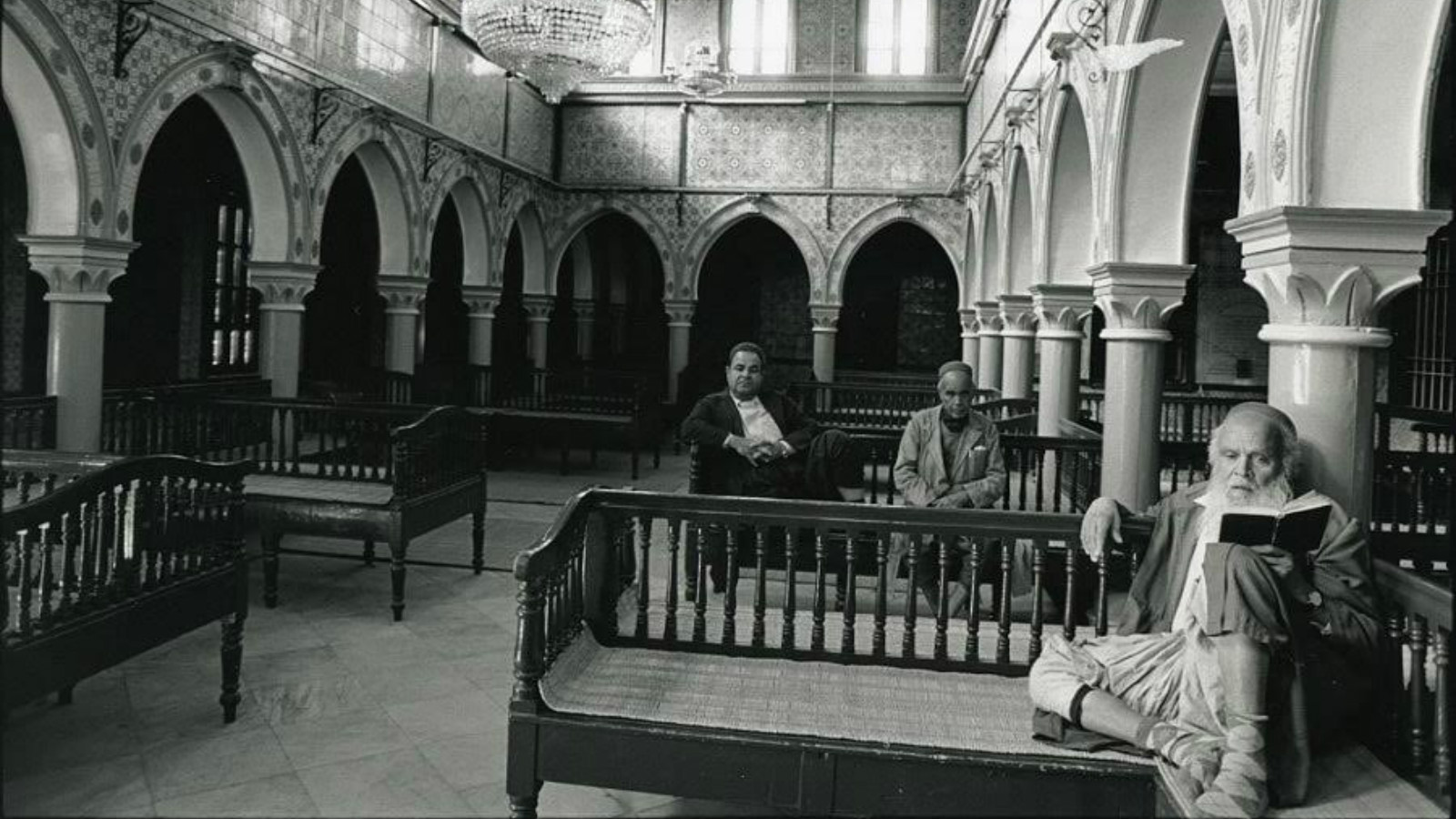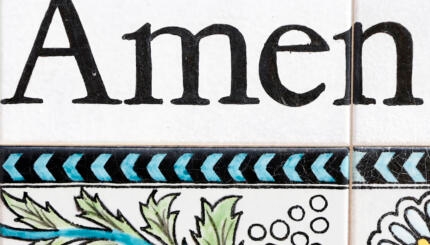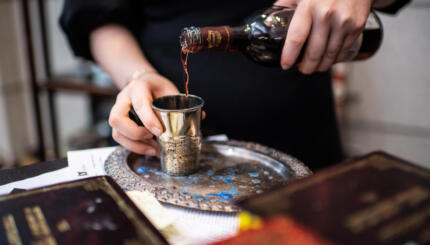Minyan is the Hebrew word that describes the quorum of ten Jewish adults required for certain religious obligations. The word itself comes from the Hebrew root maneh (מנה) meaning to count or to number.
One can always say one’s prayers by oneself, at any time or place, but praying with others brings a sense of connection and closeness, and can strengthen the collective to focus on their prayers more deeply. By requiring a minyan for many fundamental rituals, Judaism encourages communal cohesion.
When Is a Minyan Needed?
Typically, a quorum of ten adult Jews is needed in Jewish communal prayer for certain components of the regular daily or Shabbat services (including Barechu, Kedushah and the repetition of the Amidah), reading from the Torah and haftarah portions in synagogue, and saying Kaddish among other things. The Kaddish is said by mourners for 11 months after the death of a loved one. Other rituals that require a minyan include: the seven wedding blessings (Sheva Berachot), reciting the priestly blessing (Birkat Kohanim) and saying the prayer for escaping a dangerous situation (Birkat HaGomel).
Only adult Jews can be counted in a minyan — meaning Jews who have reached the age of majority (13 for boys, 12 or 13 for girls). Having had a bar or bat mitzvah ceremony is not required, though being old enough to have had one is.
With your help, My Jewish Learning can provide endless opportunities for learning, connection and discovery.
Where Did The Minyan Originate?
There are a few explanations derived from the Torah that may account for why the number ten was specifically chosen. The first is from the story of Noah, where there were eight people (Noah, his three sons, and wives) plus the presence of God and that was not enough to save the world from destruction, whereas ten might have. (Assembly of Reform Rabbis & Cantors)
Similarly, in the story of Abraham and the destruction of Sodom and Gommorah, because Abraham couldn’t even find ten righteous people God destroyed the cities.
Later when the Jews were dwelling in the desert after the exodus from Egypt, ten men were sent to scope out the land of Israel, and came back with a negative report. The Talmud comments on the verse in Numbers 14:27, from the story of the spies, that the Hebrew word “eidah” denotes an assembly of ten men.
Who Makes Up A Minyan?
A minyan is made of ten adult Jews, traditionally males (over the age of 13). In Orthodox synagogues, this continues to be the standard. In more progressive Jewish communities, ranging from halachic egalitarianism, to conservative to reform synagogues, adult women and men are both counted in the quorum. Some communities also require twenty adults, ten men and ten women, so that women are as essential as men to the formation of the prayer community, but the traditional requirement of ten men is still fulfilled.
How the Coronavirus Pandemic Tested the Jewish Minyan
In 2020, with the rise of COVID-19 and lockdown orders, gatherings were deemed unsafe. Immediately, Jewish communities began to consider whether a virtual minyan, convened over Zoom or some other video conference program, would constitute a proper halakhic minyan. Some rabbis ruled that virtual minyans were permissible in this case, because of sources that alluded to the fact that the men only needed to see each other, rather than physically be in the space together. (Pesahim 85b, Rambam’s Laws of Prayer 8:7 and Shulhan Arukh Orah Hayyim 55:13-14). Others ruled that if there were ten men physically “in one place” then others could join virtually and fulfill their obligation with the present men.



